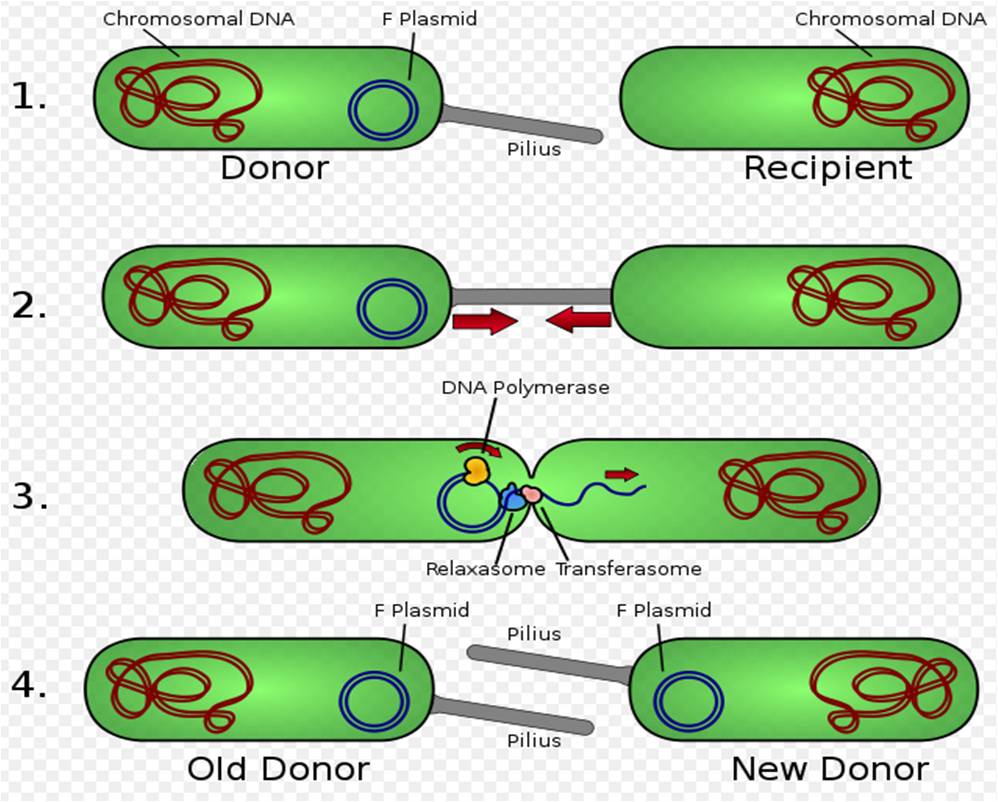Team:Groningen/Project
From 2010.igem.org
Currently we are going down to a few of ideas. When we have a project, we will add it here
Vital questions:
- Has it been done before @iGEM?
- Which biobricks are available?
- How big are the genes involved?
- What are possible applications?
- Is there a modelling aspect?
- How many different hyphos excist?
Backup project
Antibiotic resistance is a major problem in both the medical and agricultural sector. This project aims to create a harmless bacterial strain that spreads a debilitating conjugation vector through a potentially pathogenic bacterial population.
The conjugation vector carries a mutated CheY gene (Scharf et al., 1997) that continuously signals the flagellar FliM protein and induces clockwise rotation of the flagellum, causing the bacteria to tumble constantly. The immobilized bacteria may also secrete an attractant (encoded on the vector) to attract more bacteria and spread the conjugation vector. To ensure spreading of the vector through more distant populations the initial bacterial strain carries a genomically encoded repressor that represses the genes inserted on the conjugation vector (fig. 2). This way the bacterium is still mobile and can adapt to environmental changes, like the bacteria it is supposed to transfer the vector to.
Scharf BE, Fahrner KA, Turner L, Berg HC. Control of direction of flagellar rotation in bacterial chemotaxis. Proc Natl Acad Sci U S A. 1998;95:201–206. [http://www.ncbi.nlm.nih.gov/pubmed/9419353 [PubMed]]
 "
"


